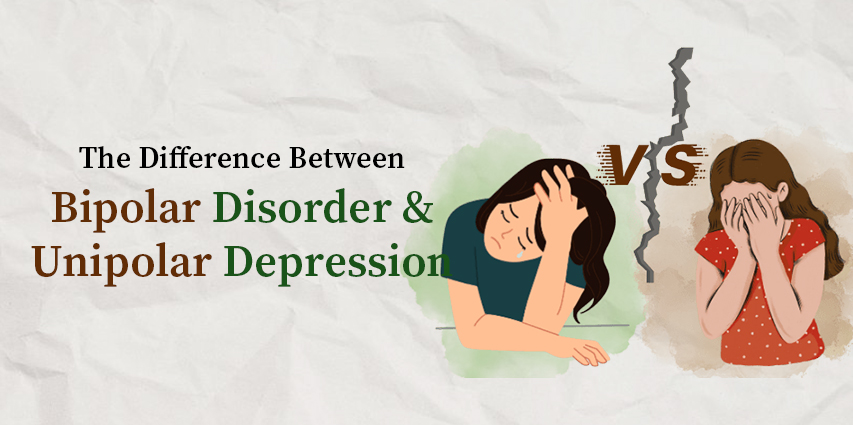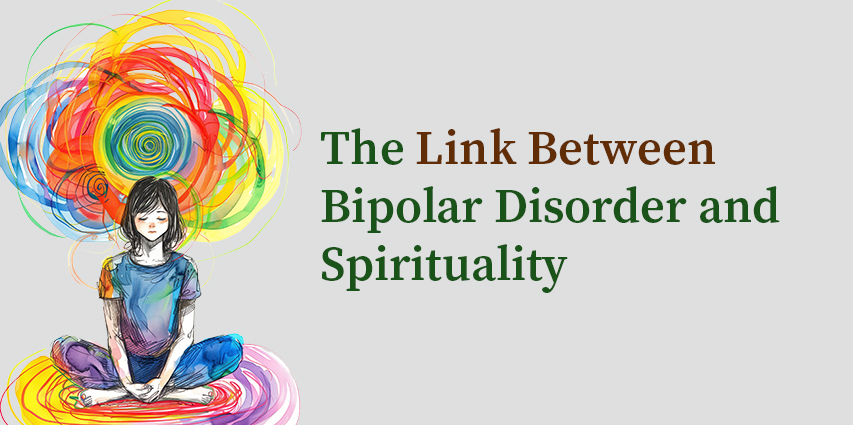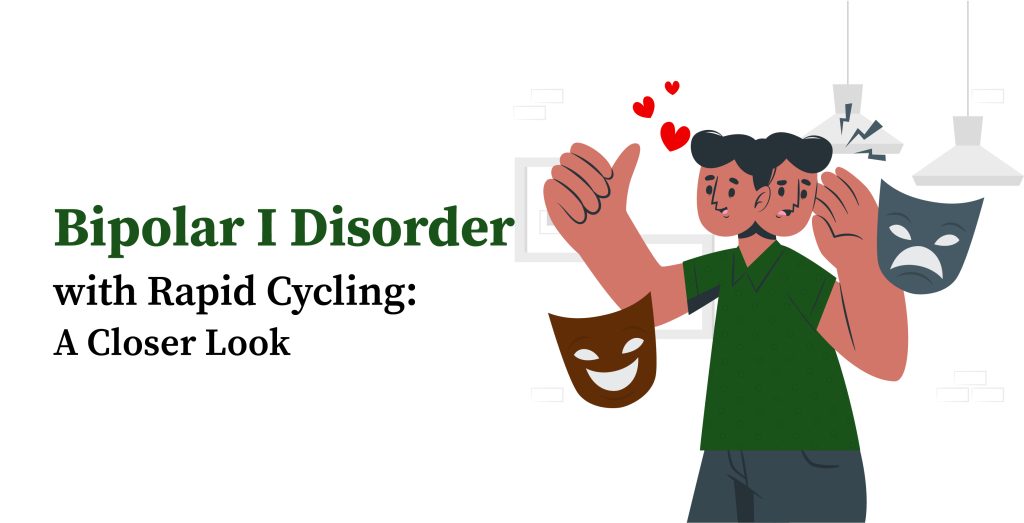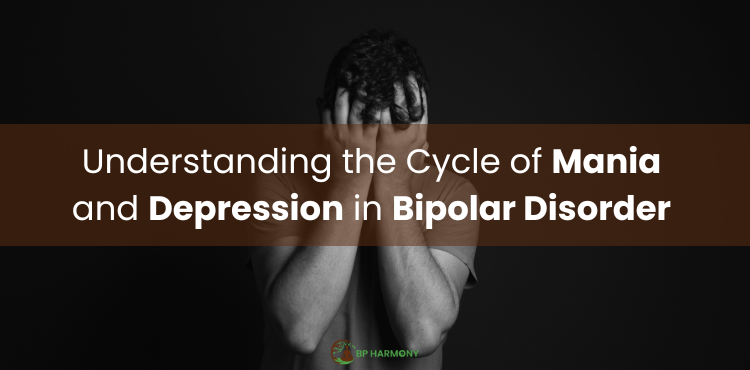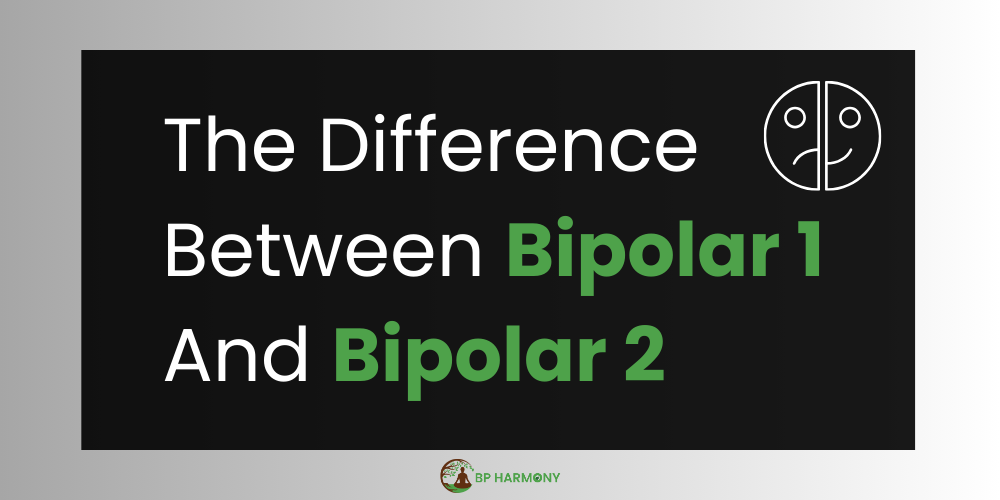The Difference Between Bipolar Disorder and Unipolar Depression
The Difference Between Bipolar Disorder and Unipolar Depression Bipolar disorder and unipolar depression share many similarities, but they are fundamentally different in how they affect mood, the approach to treatment, and the role lifestyle plays in managing symptoms. Understanding these differences clarifies and helps people seek the right support. Let’s explore how these two conditions diverge in symptoms, treatment, and the potential for healing through lifestyle changes. Symptoms: Distinguishing the Two Conditions Bipolar and unipolar depression affect mood similarly in some ways and differently in key areas. Recognizing these distinct symptoms can lead to quicker, more accurate diagnoses and effective treatment. As we have discussed in previous posts, bipolar disorder presents itself as extreme fluctuations between emotional highs (mania or hypomania) and lows (depression), varying in frequency and intensity. These mood swings make it far more complex than unipolar depression though we are not discounting the severity and life-threatening nature of depression. Unipolar Depression, on the other hand, is defined solely by persistent depressive symptoms. Unlike bipolar disorder, it does not involve manic or hypomanic episodes. Depressive episodes in unipolar depression are characterized by deep feelings of sadness, hopelessness, and a lack of energy. Physical symptoms like sleep and appetite changes often accompany these emotional lows. Another common characteristic is anhedonia, or the inability to experience pleasure. Those with unipolar depression may struggle to find joy in activities they once enjoyed, often feeling trapped in a low mood for extended periods like weeks, months, or even years. Treatment: Tailored Approaches for Bipolar And Unipolar Depression The difference between bipolar and unipolar disorder lies in the treatment path too. The focus for bipolar disorder is on stabilizing mood between two extremes, while treatment for unipolar depression centers on lifting the persistent feelings of sadness. Bipolar disorder requires a careful balancing act to manage both mania and depression. You can learn more about various treatment strategies in a previous post, but it is always recommended to work with a licensed health professional to get specific treatment advice. The general medication categories for bipolar disorder are mood stabilizers, antipsychotics, and sometimes antidepressants because of the risk of triggering hypomania or mania. Unipolar Depression treatment focuses on alleviating depressive symptoms only. The absence of manic episodes means fewer variables to manage that are no less severe and challenging.Antidepressants are commonly prescribed to regulate mood by balancing neurotransmitters in the brain, lifting the cloud of depression. The Power of Lifestyle Changes A common thread and place for communal collaboration between the two patient communities is lifestyle. Lifestyle changes can have a profound impact on both bipolar disorder and unipolar depression. While these conditions may not be “curable,” individuals can achieve a “reversal” to the extent that the symptoms no longer exist. In summary, bipolar disorder involves the complex interplay between mania and depression, requiring careful monitoring and stabilization. Unipolar depression focuses on lifting individuals from a persistent low mood. At BP Harmony, we have worked with Unipolar Depression clients by modifying the Five Pillars of Bipolar Disorder Recovery model: Sleep, Nutrition, Movement, Mindfulness, and Community. These five pillars are a recipe for good health for anyone, but when catered specially for people dealing with the extreme states of bipolar and unipolar depression, it can offer a significant decrease in suffering and the possibility of living full lives again.

